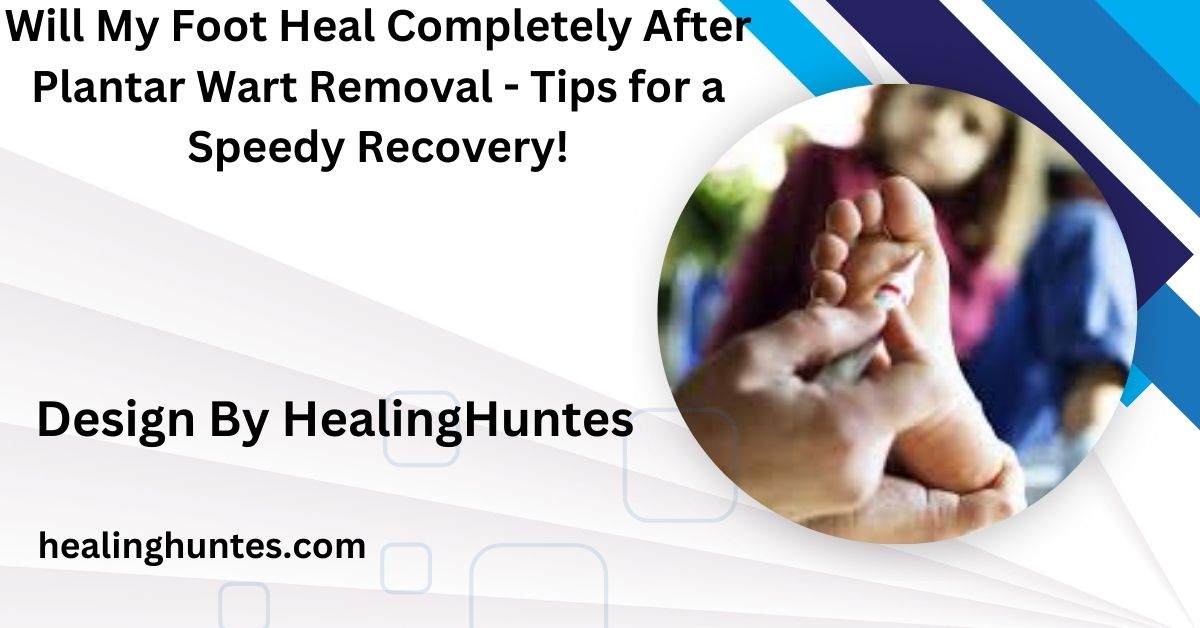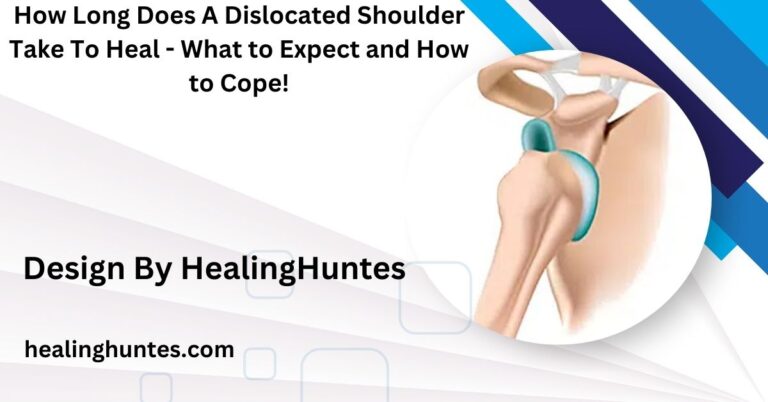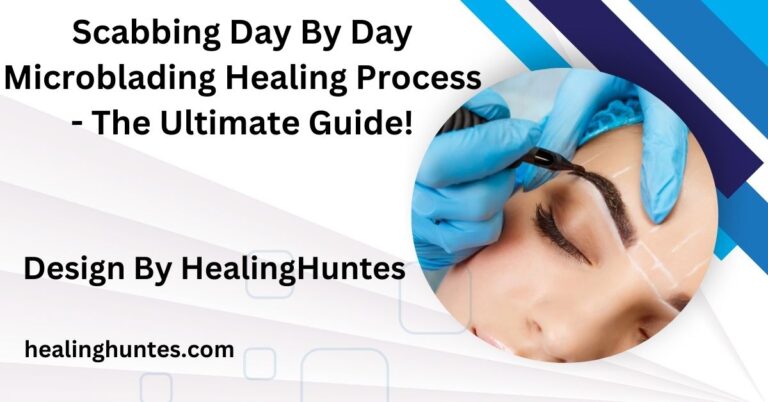Will My Foot Heal Completely After Plantar Wart Removal – Tips for a Speedy Recovery!
With the right care and patience, most people achieve full recovery after plantar wart removal, though healing time may vary based on treatment type.
This article explores the healing process, what to expect post-removal, factors that influence recovery, and tips for ensuring a smooth, complete recovery.
What is a Plantar Wart:
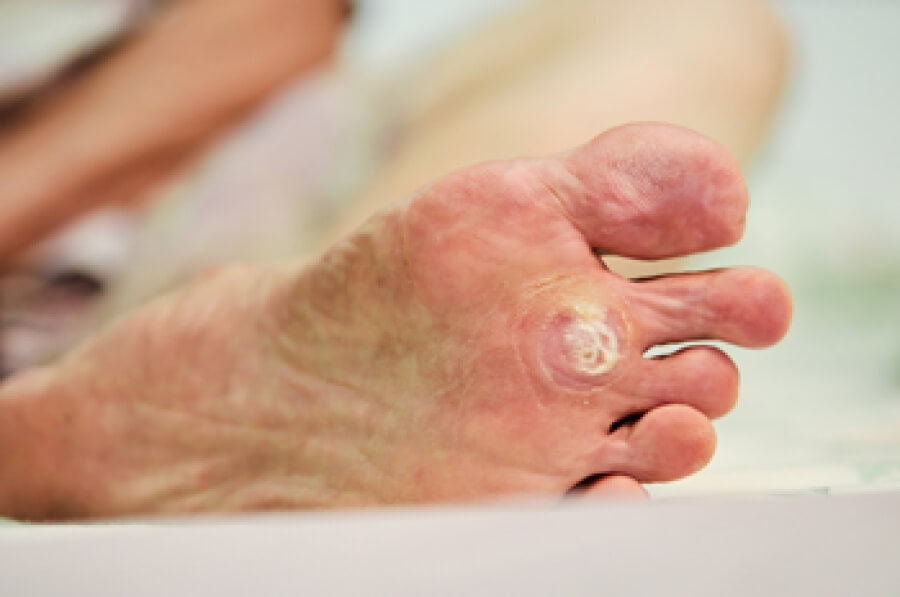
A plantar wart is a hard, grainy growth that appears on the heels or balls of your feet, areas that endure significant pressure. Warts are caused by HPV, which can enter the skin through small cuts or cracks. The resulting warts may look similar to calluses but have distinct black dots (tiny blood vessels). Plantar warts can be painful, especially when walking or standing, and they may spread if left untreated.
Why is Removal Necessary:
While some plantar warts disappear on their own, many people seek removal due to pain, discomfort, or persistent growth. Removal can prevent the wart from spreading to other areas or people. Additionally, the longer warts stay on the skin, the harder they are to treat, and they may eventually cause deeper skin damage. Timely removal can lead to faster healing and a better chance of complete recovery.
Also Read: How To Heal From Childhood Trauma – Steps to Heal Trauma!
Types of Plantar Wart Removal Treatments:
- Topical Treatments: Over-the-counter medications, like salicylic acid, slowly dissolve the wart over weeks.
- Cryotherapy: A doctor applies liquid nitrogen to freeze and kill the wart tissue.
- Laser Treatment: Lasers target blood vessels feeding the wart, causing it to shrink.
- Surgical Removal: If other treatments fail, a doctor may opt for minor surgery to excise the wart completely.
Each treatment has varying effects on recovery, and the best option depends on the wart’s size, location, and persistence.
What to Expect During the Healing Process:
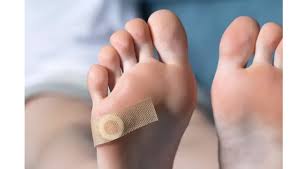
Healing after plantar wart removal is generally straightforward but depends on the treatment type. While mild treatments may only cause slight irritation, more aggressive procedures can leave temporary scars or affect the skin’s sensitivity. Here’s an overview of what you can expect:
- Initial Discomfort and Redness: Common after treatments like cryotherapy or laser removal, these side effects usually subside within a few days.
- Wound Care: Keeping the area clean and dry reduces infection risks and supports healing.
- Reduced Mobility (Temporary): Walking may be uncomfortable if the wart was deep, but symptoms typically improve after a few days.
Factors That Influence Healing After Removal:
- Age and Skin Health: Younger, healthier skin tends to heal faster.
- Wart Size and Depth: Larger or deeper warts may leave a noticeable wound, taking longer to heal.
- Immune Response: People with strong immune systems generally experience faster healing.
- Post-Care Efforts: Proper wound care can significantly enhance recovery and reduce scarring.
Also Read: How To Heal A Calf Strain Quickly – Is It Necessary!
Will My Foot Heal Completely:
In most cases, the skin on your foot will heal completely after plantar wart removal, though healing times can vary. Light treatments like salicylic acid may cause minimal changes to the skin, while more invasive procedures like laser therapy might take weeks or even months for full healing. Complete healing is possible with consistent care and patience, but here are key considerations:
- Scar Possibility: Some treatments may leave minor scarring, particularly if the wart was deep.
- Pain Reduction: As the skin regenerates, the pain gradually decreases, allowing for improved mobility.
- Wart Recurrence: In rare cases, warts may return if any virus-infected cells remain.
How Long Does it Take to Heal:
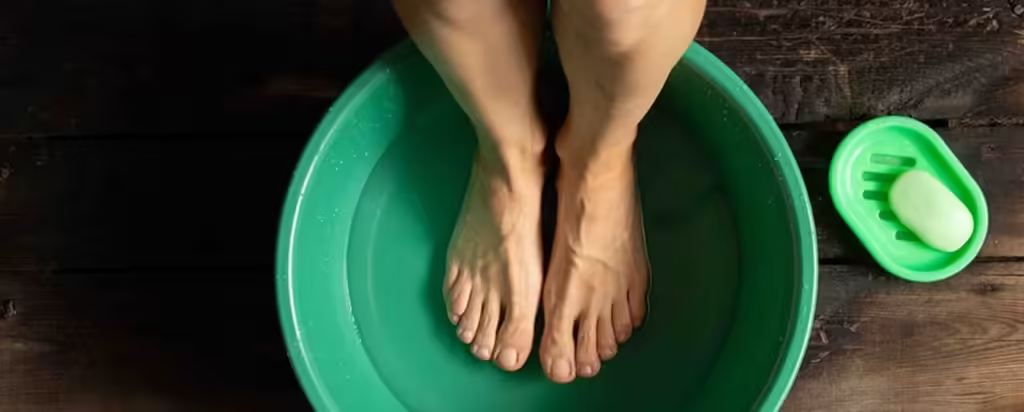
Healing timelines depend on the removal method and the wart’s severity. For lighter methods like topical treatments, the skin can heal within two weeks. Surgical and laser treatments may require several weeks to months for complete recovery. Although deeper removals may initially cause more pain, proper care and patience are essential to a smooth healing journey.
Tips for a Smooth Recovery:
- Follow Doctor’s Instructions: Adhering to post-treatment instructions minimizes infection risks.
- Keep the Area Clean: Clean and dry conditions prevent bacteria from entering the wound.
- Rest and Avoid Excess Pressure: Minimizing activity on the affected foot reduces discomfort and aids in faster healing.
- Use Cushioning Pads: Pads can provide additional comfort during the recovery period.
- Watch for Signs of Infection: Swelling, redness, or excessive pain could indicate infection and may require medical attention.
Also Read: How To Heal A Dog Wound Fast At Home – A Comprehensive Healing Approach!
Preventing Wart Recurrence:
- Avoid Walking Barefoot in Public Areas: Wearing shoes or flip-flops can help keep your feet protected.
- Keep Feet Dry: Warts thrive in moist environments, so dry your feet thoroughly after washing.
- Boost Immune Health: A healthy immune system can fight off the virus more effectively.
- Avoid Contact with Others’ Warts: Avoiding direct contact can lower the chances of reinfection.
When to Seek Medical Attention:
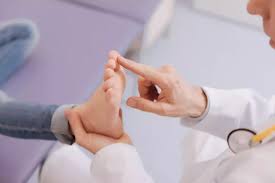
If the skin around the removed wart shows signs of infection, such as increased redness, swelling, or drainage, consult your healthcare provider promptly. Persistent pain or the reappearance of a wart in the same spot may also require a follow-up appointment.
Can Home Remedies Aid in Healing:
Although home remedies can sometimes offer temporary relief, they should not replace proper treatment for complete healing. Remedies like aloe vera, tea tree oil, and apple cider vinegar may reduce inflammation but are not a substitute for medically proven treatments, especially if the wart is persistent or painful.
Potential Complications and How to Avoid Them:
Complications are rare, but they can happen, especially with more invasive treatments. Common complications may include:
- Scarring: This is more common after surgical treatments. Keeping the wound clean and covered can minimize scarring.
- Sensitivity in the Treated Area: Some people experience prolonged sensitivity; using soft, supportive footwear can help.
- Infection: Infections are rare with proper care but can occur if the area is exposed to contaminants.
Adhering to aftercare instructions significantly reduces the risk of complications and promotes full recovery.
FAQs
1. How long does it take for my foot to fully heal after plantar wart removal?
Most cases heal within 2 to 4 weeks, but deeper treatments can take several months.
2. Will I experience any pain after wart removal?
Mild discomfort or soreness is common, especially after invasive treatments, but it usually subsides within a few days.
3. Can plantar warts come back after removal?
Yes, there is a chance of recurrence, especially if any virus-infected cells remain or if the area is exposed to HPV again.
4. Are scars common after plantar wart removal?
Scarring can occur, particularly with surgical treatments, but proper aftercare can minimize this risk.
5. What can I do to speed up healing after wart removal?
Keeping the area clean, avoiding pressure, and following all post-care instructions from your doctor can help speed up healing.
Conclusion
Complete healing after plantar wart removal is highly achievable with appropriate care and patience. The skin’s recovery process varies based on factors like treatment type, skin health, and aftercare efforts. For most individuals, healing brings lasting relief from pain and discomfort, and with preventative measures, the chances of recurrence can be minimized. If you’re considering plantar wart removal, discussing the treatment options and post-care instructions with your healthcare provider can help you navigate the journey to a fully healed foot.
